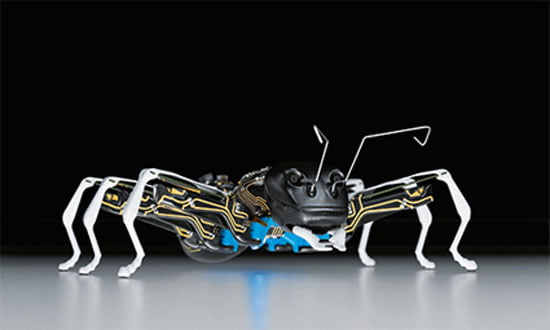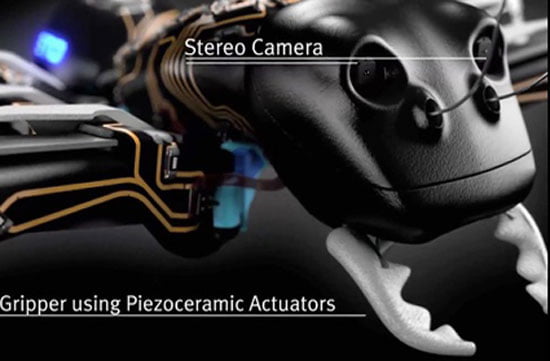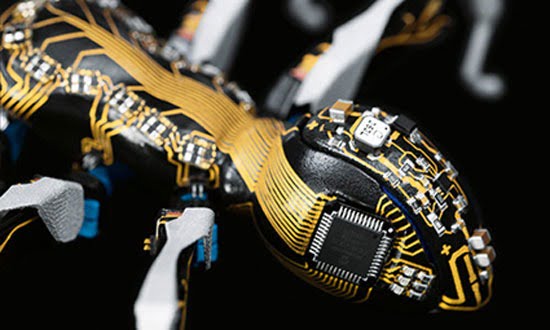
From a technological and construction perspective, it is something remarkable. The robotic ants are the work of one of the leading companies in research and application of cutting-edge technologies: the German Festo Bionics.
The company deals with the study, analysis and electronic/robotic reconstruction of “natural plasma”, with a focus on small-scale such phenomena. It already has among its successes a convincing robotic seagull, as well as a swarm (impressive in appearance) of robotic butterflies.

The construction of the robotic ants (BionicAnts) incorporates cutting-edge laser and 3D “printing” technologies, beyond researching and dividing the functions of insects. The antennae, for example, are charging cables for the insect’s micro-batteries, which go “on their own” to charging points when needed, touching the two available poles.
However, what is even more interesting (and the motivation behind Festo’s engineers to robotize animal species that live in herds or groups) is the “collective behavior” of the BionicAnts. The separate robot/insects communicate with each other and cooperate, so far based on a repertoire of commands and possibilities. They grab an object from different sides, and cooperate in their various movements to transport it.

This effective collaboration already has a name that will make many people’s hair stand on end: self-organization. Self-organization of machines, of course! The subject of mechanical self-organization, the exchange of information and the coordination of the “actions” of different machines, without human intervention (!!), is one of the cutting-edge demands of robotics. And its value, we assume, is obvious.
Self-organization: another social concept, that fell…
